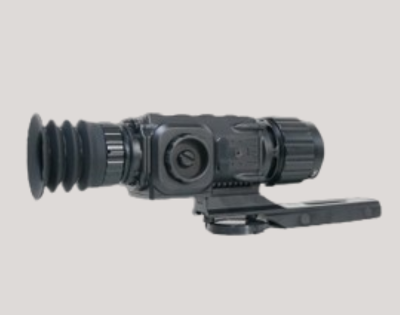
Cooled Thermal Imagers
Cooled thermal detectors are advanced infrared sensors engineered to operate at cryogenic temperatures, significantly reducing thermal noise and enhancing sensitivity. This cooling process enables these detectors to achieve unparalleled precision in detecting minute temperature differentials, making them indispensable in high-stakes applications such as mili targeting, aerospace surveillance, and specialized scientific research. Their cryogenic operation ensures superior signal-to-noise ratios, providing the high-resolution thermal imaging required for critical and complex thermal analyses.
Uncooled Thermal Imagers
Uncooled microbolometer thermal detectors represent a cutting-edge technology in infrared sensing, designed to detect thermal radiation without the need for active cooling. These detectors work by detecting subtle changes in electrical resistance caused by temperature variations in the environment, translating them into detailed thermal images. Their ability to deliver accurate, real-time thermal data has made them indispensable in sectors such as defense, aerospace, industrial inspection, and environmental monitoring. By eliminating the need for complex cooling systems, they offer a reliable and cost-effective solution for a wide range of thermal imaging applications.
-
Target Acquisition:
Detecting and identifying enemy personnel or vehicles, even if they are hidden or camouflaged. -
Surveillance and Reconnaissance:
Monitoring areas of interest for potential threats or enemy activity. -
Search and Rescue:
Locating personnel in difficult terrain or adverse conditions, especially in low visibility.




